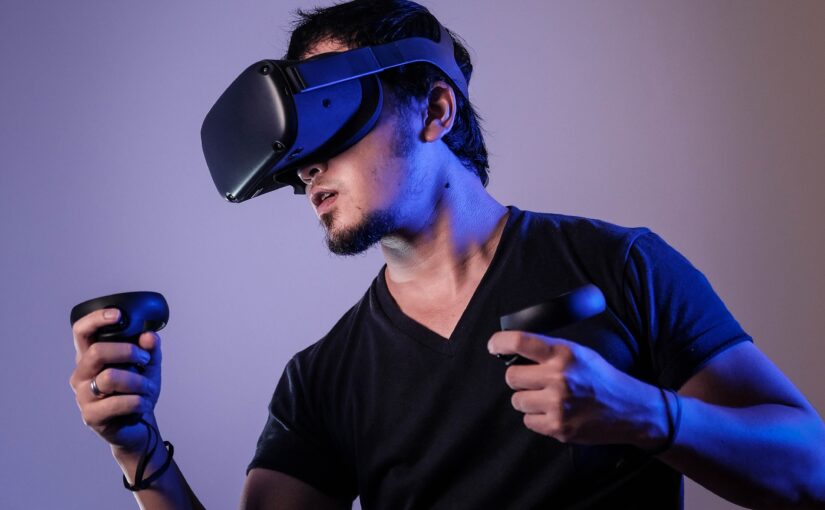There’s currently a spate of negative articles about the Apple Vision Pro. I think these overstate any “failure” of this device, and I’m going to tell you why. Assuming you read on. 😀
Zuckerberg got in early with his own negative take, but recently we’ve had some others. You might have seen articles like the one on the Disconnect blog, or the one from Forbes. It seems to be time for a pile-on.
It’s tempting to think back to the launch of the original iPhone 📱 , which was a 2G feature-phone, without copy-and-paste functionality or an app store. It lacked many features of what were already standard smartphone features at the time. However, it was received generally very positively by a customer base hungry for what even this limited phone delivered.
What is different this time is that the AVP 🕶 delivers very well against a use case that not many people want. Specifically, the use case of watching movies on a big, high-def screen no matter where you are. It has great resolution and sound, and the pass-through capabilities allow you to virtually hang a big screen in your environment wherever you want. If that’s what you’re after, it’s truly amazing.
Unfortunately, that isn’t one of the three areas that I’ve previously written about where VR headsets have a strong advantage. These are in fitness applications, virtual office environments, and immersive training. And, no, I don’t consider general games/entertainment to be an area where VR is particularly strong at the moment.
This initial version of the AVP is a bit heavy to wear on the head, has a UI optimised for consumption (eye-tracking based), lacks controllers, doesn’t support multiple monitor extensions for a laptop/desktop, has detectable motion blur when moving your head, and each AVP needs to be personally tailored for the individual who will wear it making it harder for a single unit to be shared by multiple people. (I’m going to ignore the issues around the high price, external battery pack, and the odd EyeSight feature that makes eyes visible through the headset, as these aren’t relevant to my argument.)
Together, these design decisions make it hard to have a great fitness application or virtual office environment. Immersive training is still possible for the situation where the user is downloading their own training apps, but the custom fit procedure makes it harder for a training organisation to use them.
Given the lack of fit between the product and the strongest VR use cases, I’m not surprised that the first version of the AVP hasn’t been a runaway success. However, I don’t think this means Apple has failed. The AVP is an amazing technical achievement, and the many of the issues can be corrected in a future version.
It appears that Zuckerberg hasn’t written-off Apple either, as he recently announced Meta Horizon OS, where the operating system for the Meta Quest headsets is being licensed to other hardware makers for their own headsets. It’s a clear play to position Meta as the “open” alternative to Apple in the VR headset space, similar to the Android ecosystem versus the iPhone, and makes sense only if Meta feels a competitive threat.
The next version of AVP should ensure it supports some of the three areas of VR strength. For instance,
- To better support virtual office environments, provide an alternative to the eye-tracking based UI, fix the motion blur, and allow multiple virtual monitors to be extended into the AVP (there are rumours that this is coming).
- To better support fitness applications, make the unit on the head lighter (e.g. move more weight to the battery pack, remove the components for EyeSight), fix the motion blur, and add support for controllers.
- To better support immersive training, make the unit on the head lighter, fix motion blur, and add support for controllers, but most of all, remove the need for custom fit components (i.e. different Light Seals, Light Seal Cushions and Optical Inserts).
What is probably the simplest one is listed first, which might be addressed through software updates. The others will require hardware changes. Still, the possibility to support the virtual office environment use case better through software changes alone gives me confidence that Apple will get there.
So, I wouldn’t call the AVP a failure. Perhaps a misfire? The initial version of Apple TV wasn’t a roaring success either. Like Zuckerberg, I believe Apple has proven their technical capabilities, and will evolve their product into something compelling.


